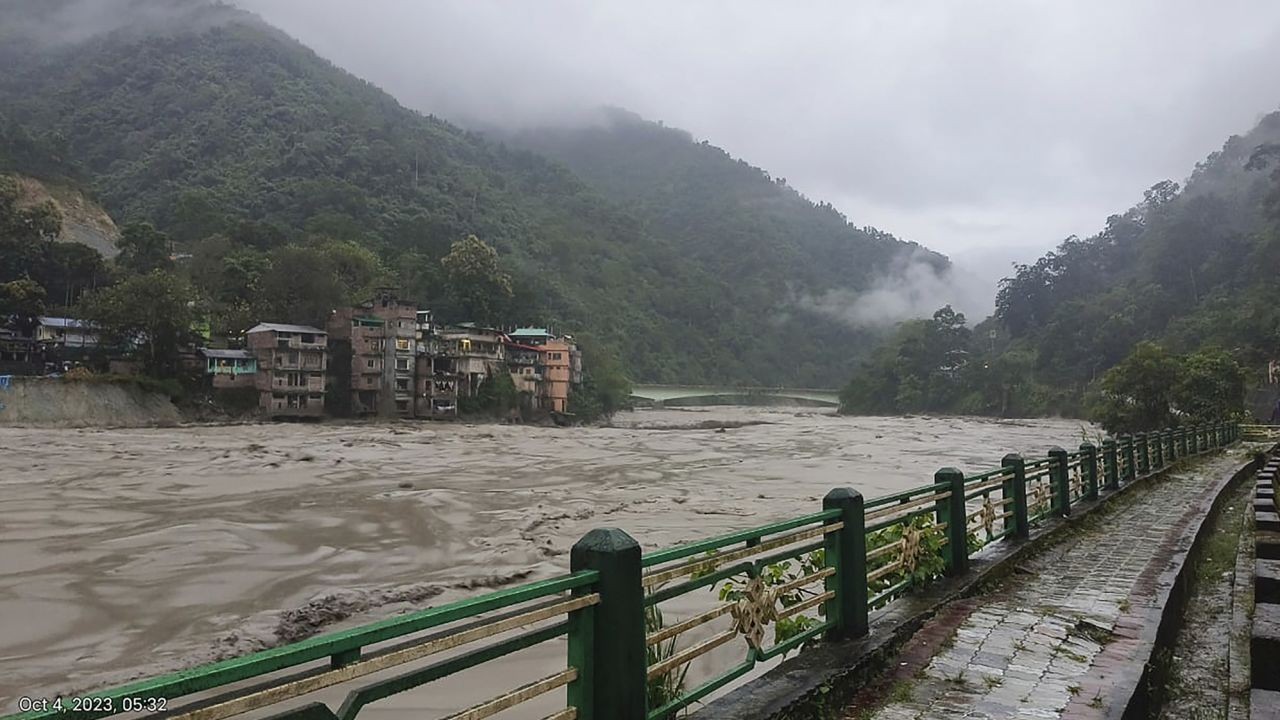 |
| Flash floods in India cause massive loss of life and damage to infrastructure. (Source: AP) |
Heavy rains in the Lhonak Lake area caused the water level of the Chungthang Dam upstream to rise, forcing authorities to release water downstream.
The move has caused flooding and flash floods in the lower reaches of the Teesta River, near India's borders with Nepal and China. Search and rescue operations are facing many difficulties due to heavy rains, flooding and strong river currents.
Flash floods also injured at least 26 people and washed away 11 bridges, according to India's National Disaster Management Authority.
Meanwhile, the Meteorological Department warned that heavy rains will continue in Sikkim and neighboring states over the next two days, posing a risk of landslides and disruption to air operations.
Flash floods are common during India's monsoon season, which runs from June to late September. Heavy rains usually stop in the country by October.
However, experts say climate change is increasing the frequency and severity of monsoon rains in the country.
Along with heavy rains causing floods, melting glaciers also create large amounts of water, while unplanned construction in flood-prone areas makes the damage caused by natural disasters increasingly serious.
Himalayan glaciers are melting faster than ever due to global warming, leaving communities facing unpredictable disasters.
Last June, the International Center for Mountain Development (ICIMOD) published a report showing that from 2011 to 2020, the rate of glaciers disappearing was 65% faster than the previous decade.
 |
| Flash flood situation in India. |
Source










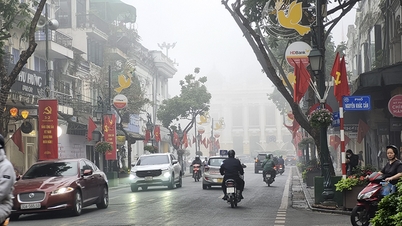

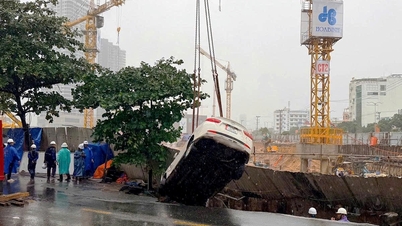

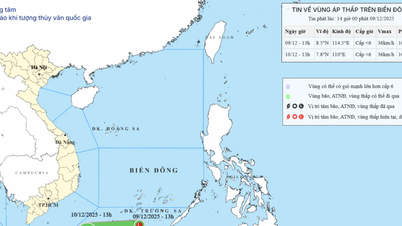



























![[Photo] Urgently help people soon have a place to live and stabilize their lives](/_next/image?url=https%3A%2F%2Fvphoto.vietnam.vn%2Fthumb%2F1200x675%2Fvietnam%2Fresource%2FIMAGE%2F2025%2F12%2F09%2F1765248230297_c-jpg.webp&w=3840&q=75)




















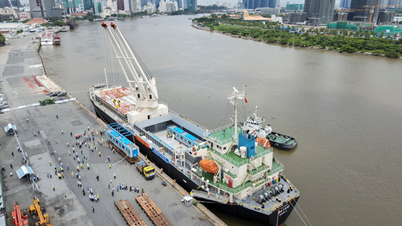










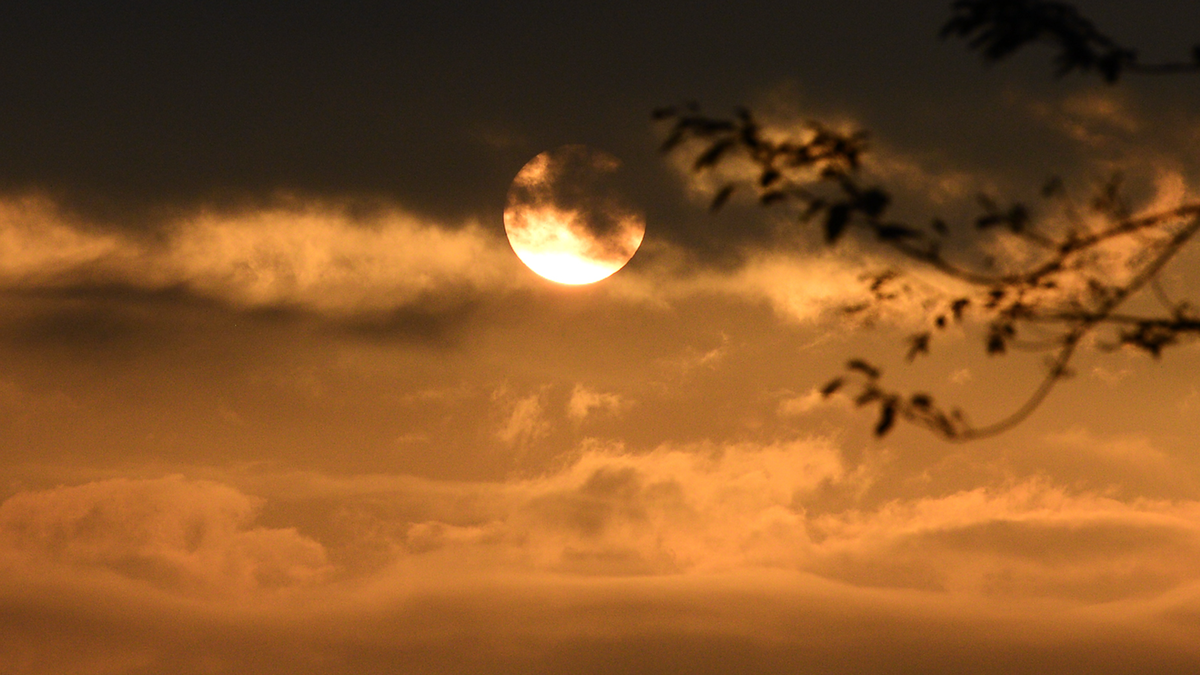

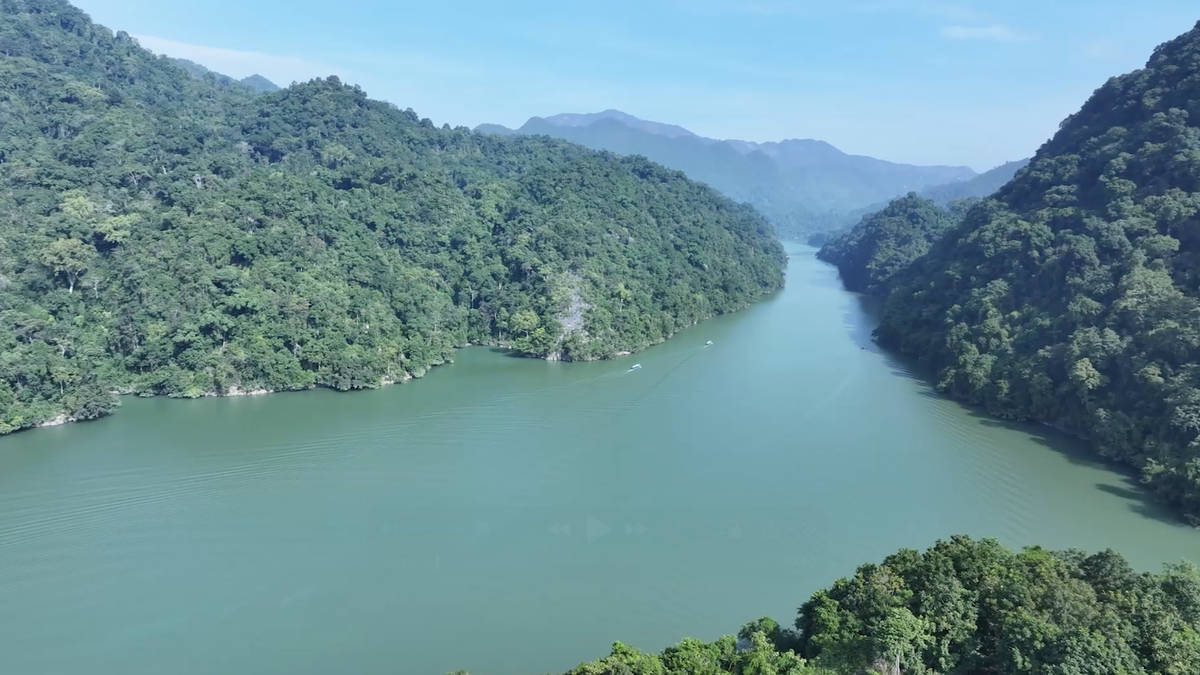
















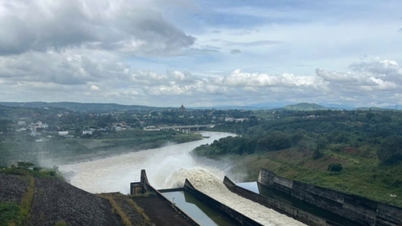
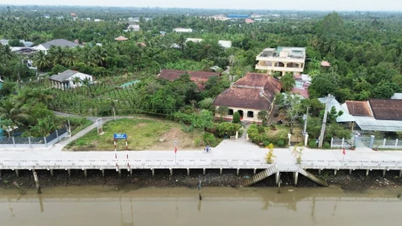






















Comment (0)